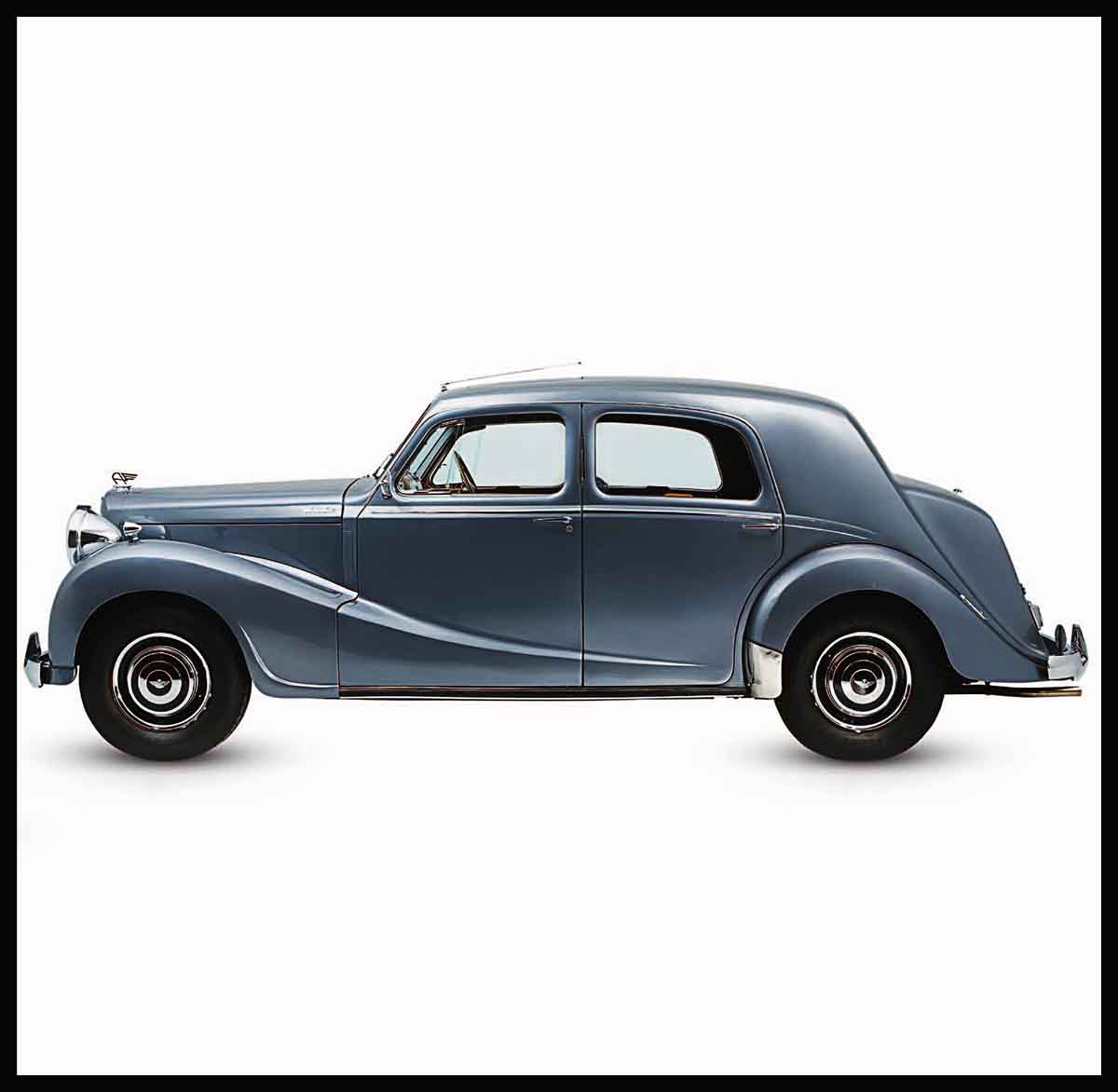
Large Cars
After World War II, few people in Europe could afford large, luxurious sedans. Instead, most designs were conservative, and only figures such as government ministers, ambassadors, or doctors could justify a large, powerful car for their work. Cars were mostly updated pre-war creations with heavy and ponderous engines, many still with side valves and three-speed transmissions.
Isotta-Fraschini 8C Monterosa, 1947
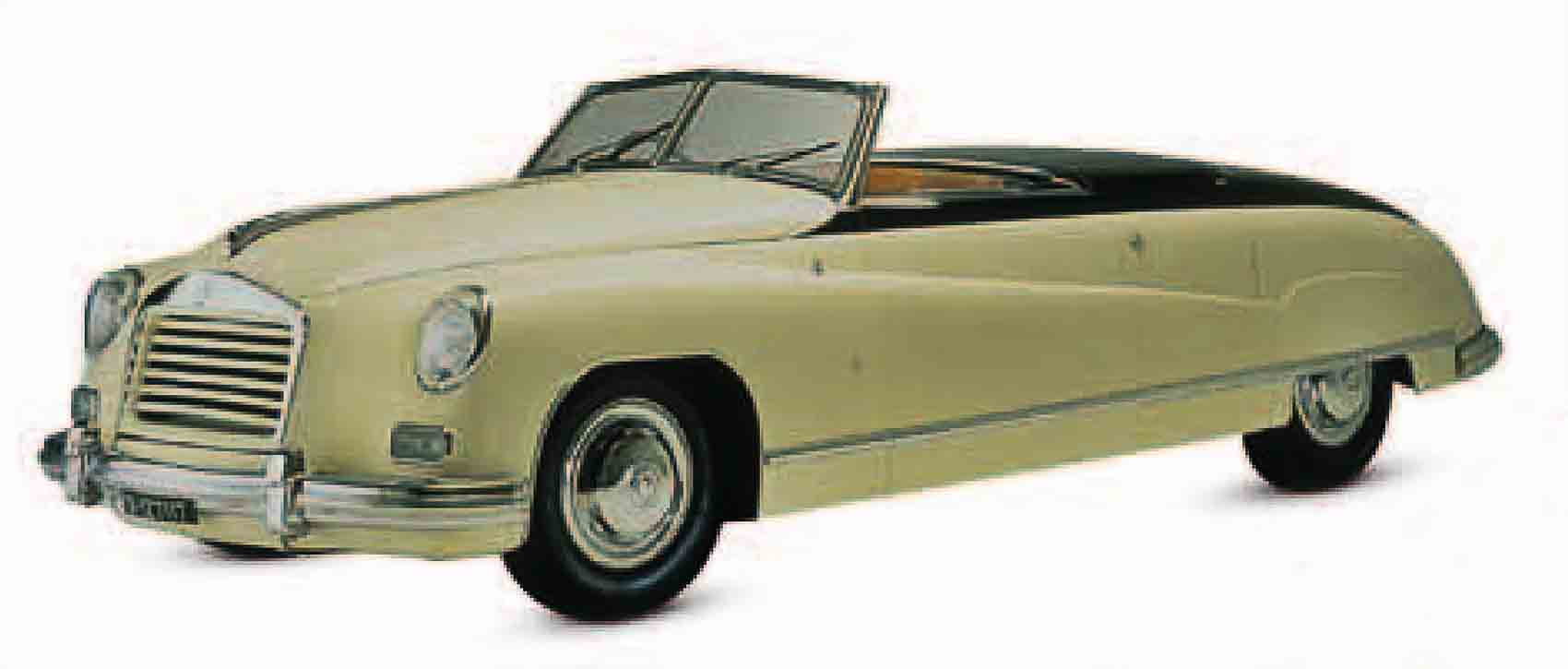
| Origin | Italy |
| Engine | 3,400 cc, V8 |
| Top speed | 100 mph (161 km/h) |
Inspired by Tatra, engineer Fabio Rapi planned an advanced luxury car, with a rear-mounted V8 engine, rubber springs, and aerodynamic monocoque body. Only five of these were ever built.
Daimler DE36, 1946
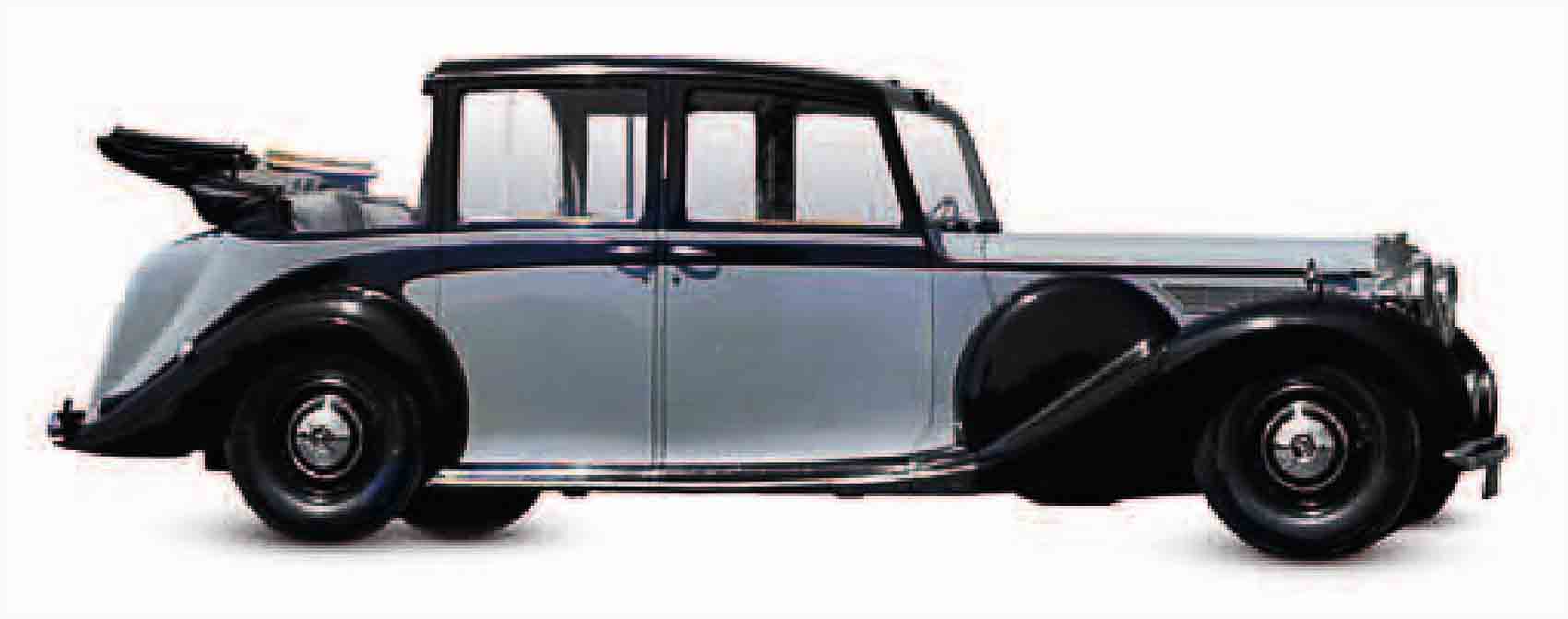
| Origin | UK |
| Engine | 5,460 cc, straight-eight |
| Top speed | 83 mph (134 km/h) |
This huge post-war Daimler was supplied to seven royal families around the world, including the Windsors. It had the UK’s last production straight-eight engine.
Bentley MkVI, 1946
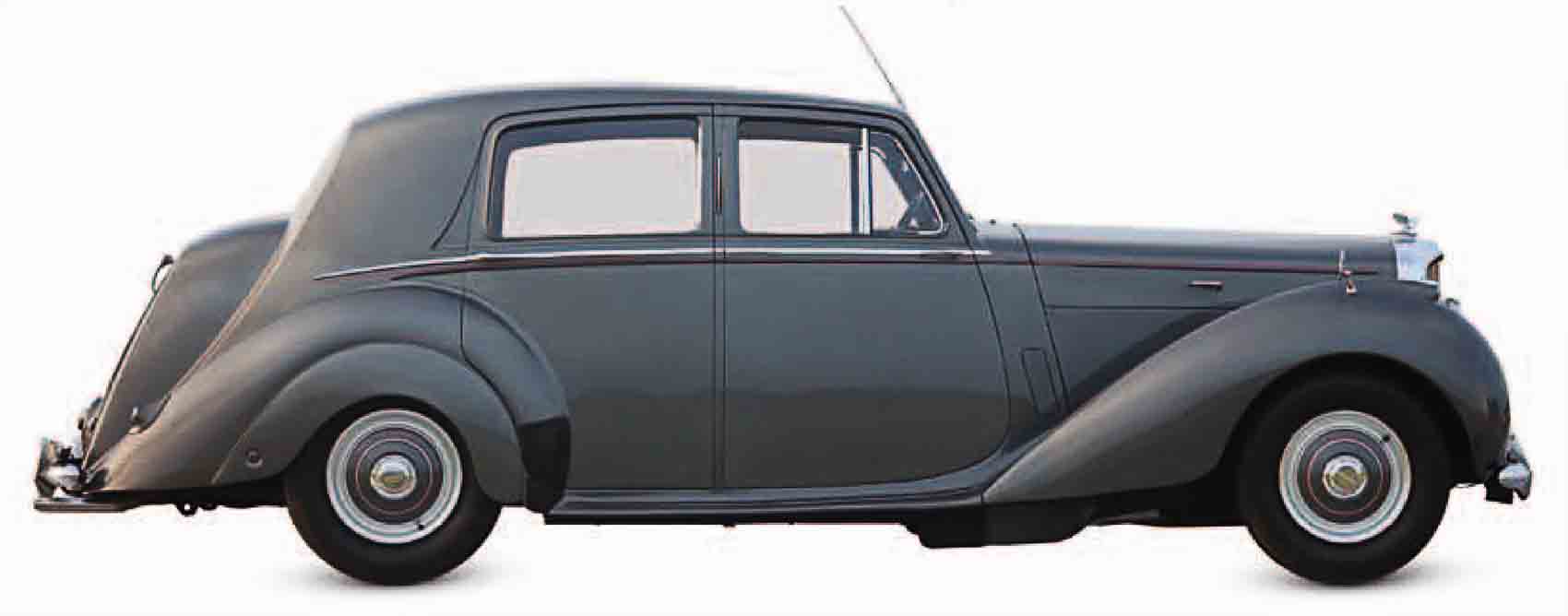
| Origin | UK |
| Engine | 4,257 cc, straight-six |
| Top speed | 100 mph (161 km/h) |
Post-war Bentleys were priced just below the equivalent Rolls-Royce. 80 percent were sold with factory-built “Standard Steel” bodies, which was cheaper than coachbuilding.
Opel Kapitan, 1948
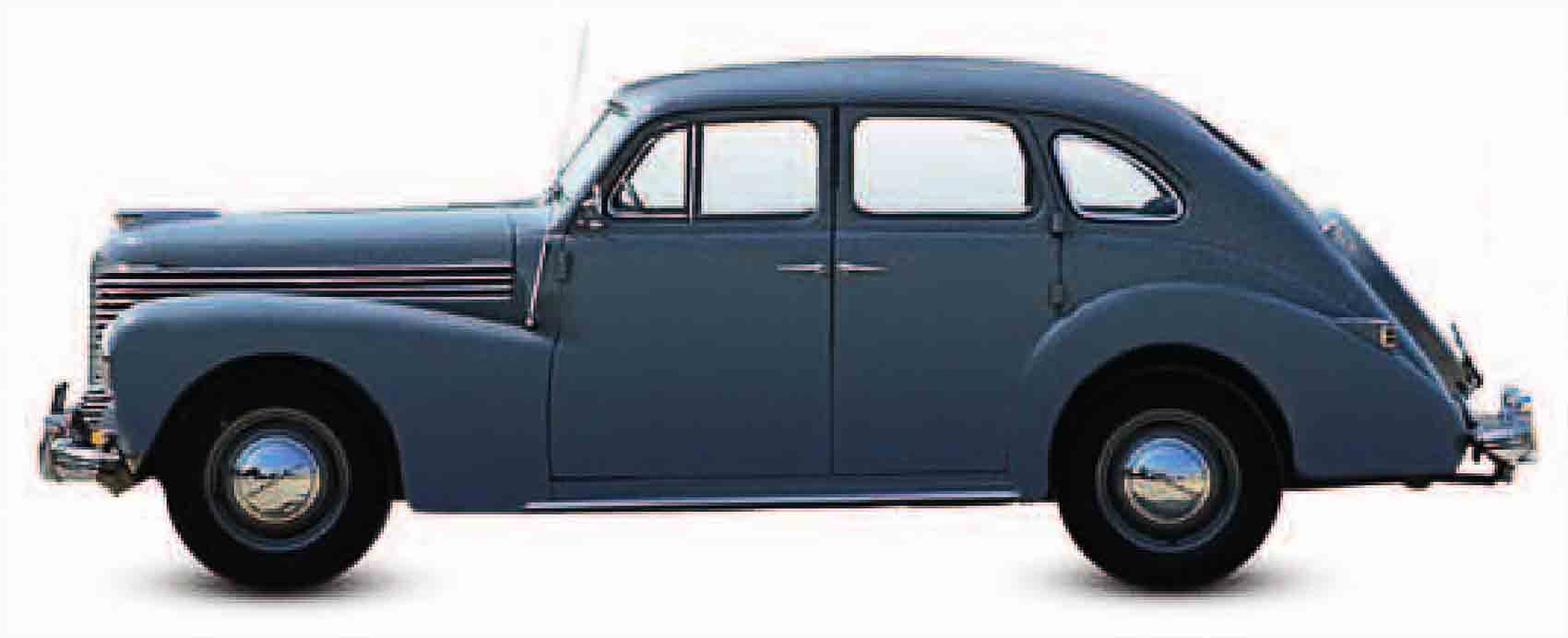
| Origin | Germany |
| Engine | 2,473 cc, straight-six |
| Top speed | 78 mph (126 km/h) |
Re-introduced in 1948, the monocoque Kapitan helped Opel get back on its feet after the war. It was a practical and popular car: 30,431 were sold up to 1951.
Wolseley 6/80, 1948
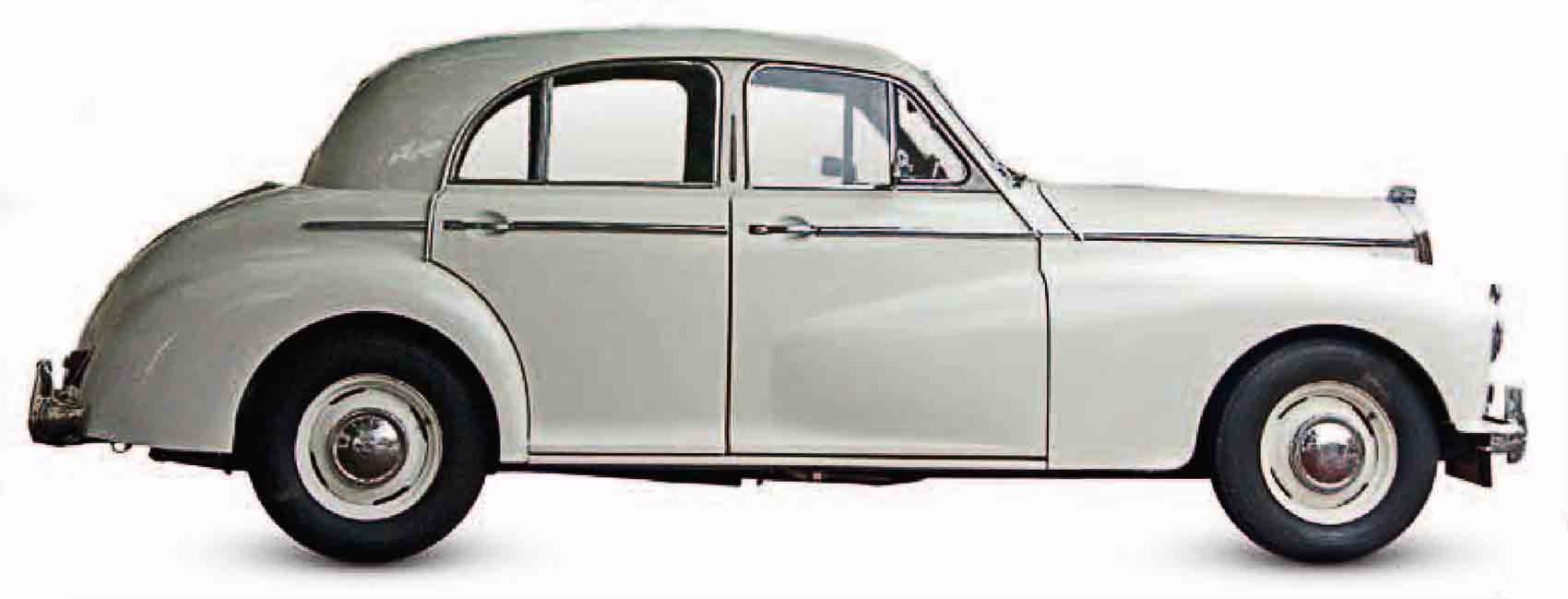
| Origin | UK |
| Engine | 2,215 cc, straight-six |
| Top speed | 79 mph (127 km/h) |
his reliable sedan became the standard police car in the UK in the 1940s, used for both patrol and pursuit duties. It had a factory-supplied, heavy-duty specification.
Humber Pullman II, 1948
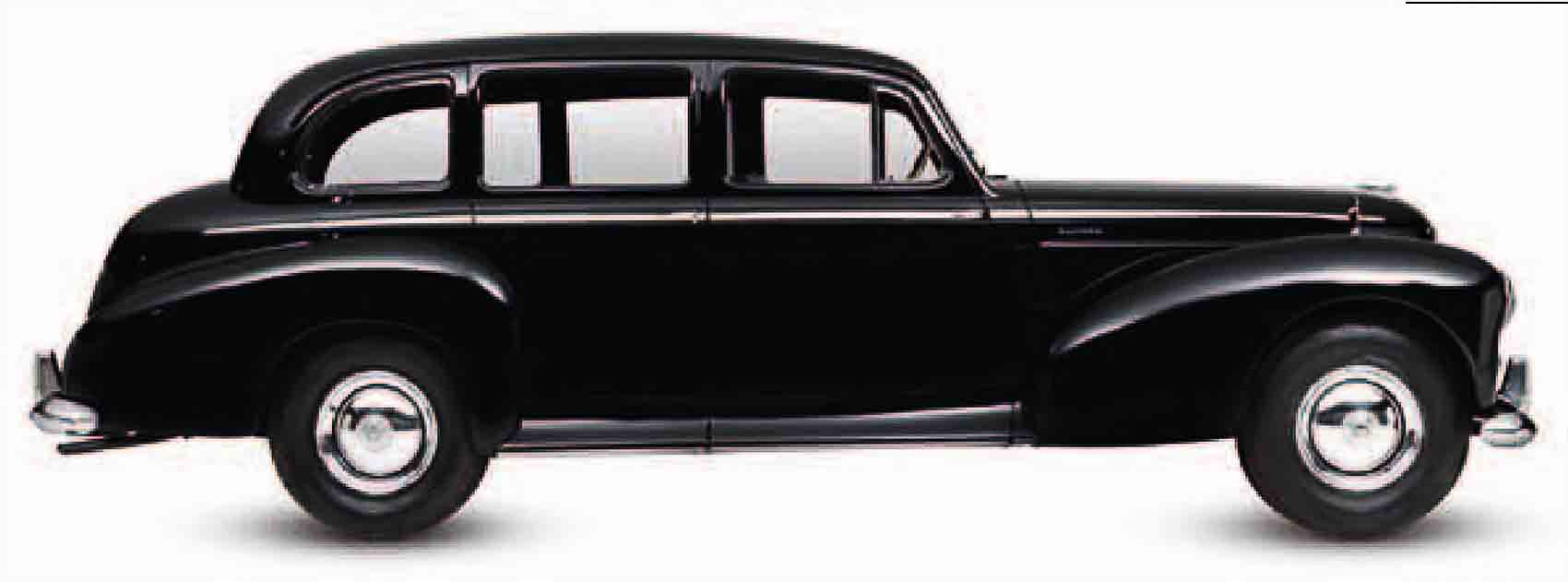
| Origin | UK |
| Engine | 4,086 cc, straight-six |
| Top speed | 78 mph (126 km/h) |
This imposing limousine was a favorite of British government officials. The chassis was an extended Super Snipe, requiring a two-part propeller shaft.
Humber Super Snipe II, 1948
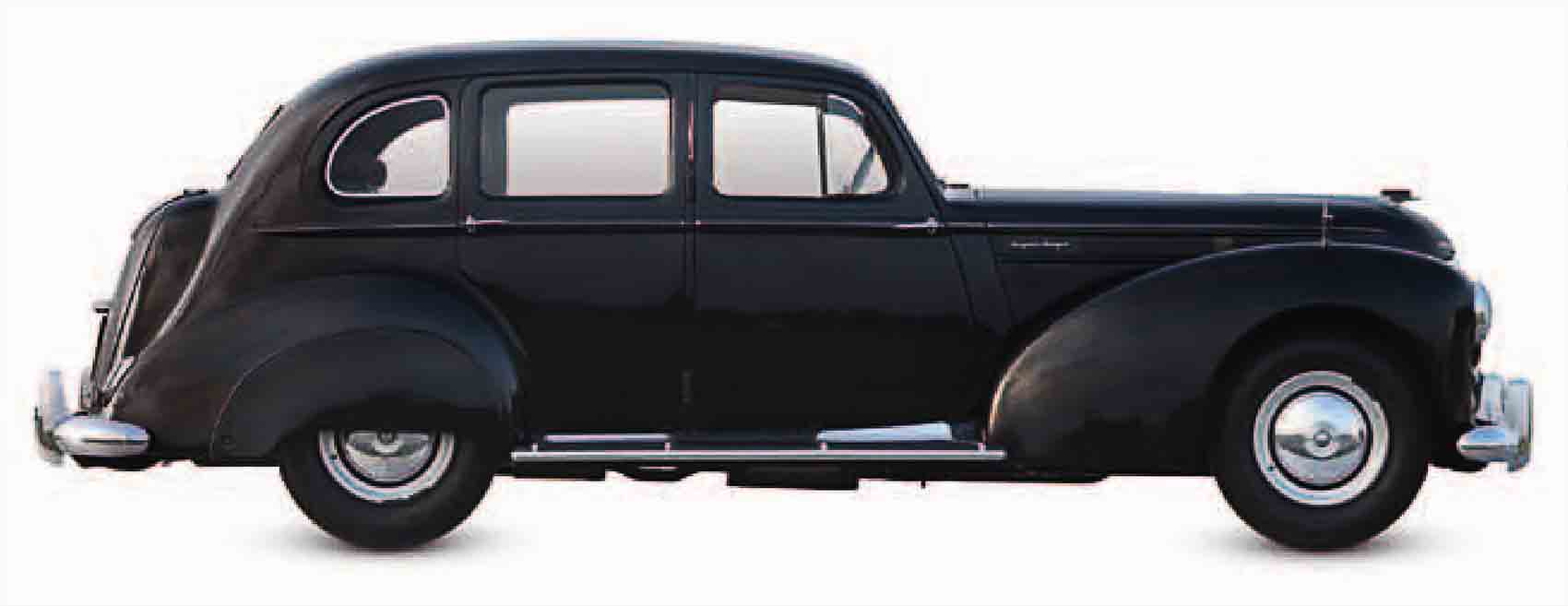
| Origin | UK |
| Engine | 4,086 cc, straight-six |
| Top speed | 82 mph (132 km/h) |
Preferred by bank managers and government officials, the Super Snipe was the epitome of conservative taste. It inherited its engine from the wartime British army staff car.
Rolls-Royce Silver Wraith, 1946
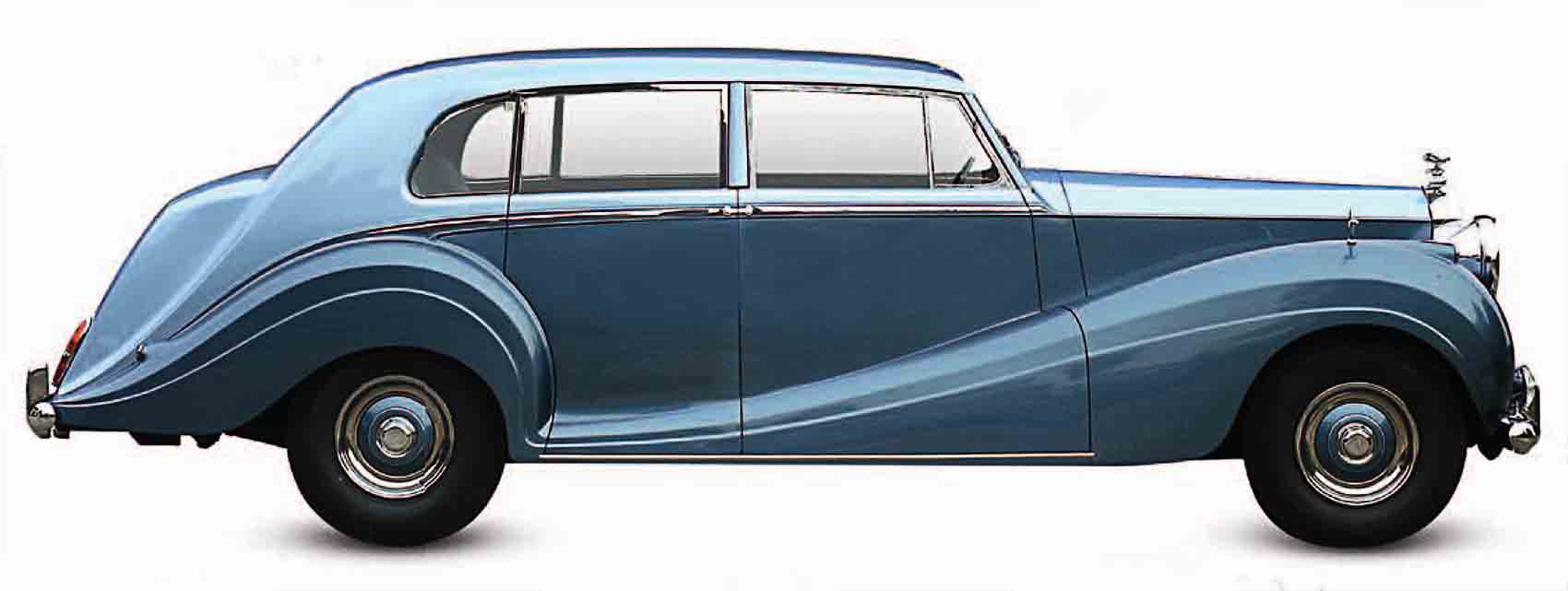
| Origin | UK |
| Engine | 4,257 cc, straight-six |
| Top speed | 85 mph (137 km/h) |
The top UK post-war luxury car had its body custom-made, generally paneled in aluminum. It gradually grew in length and engine size until 1959.
Ford V8 Pilot, 1947
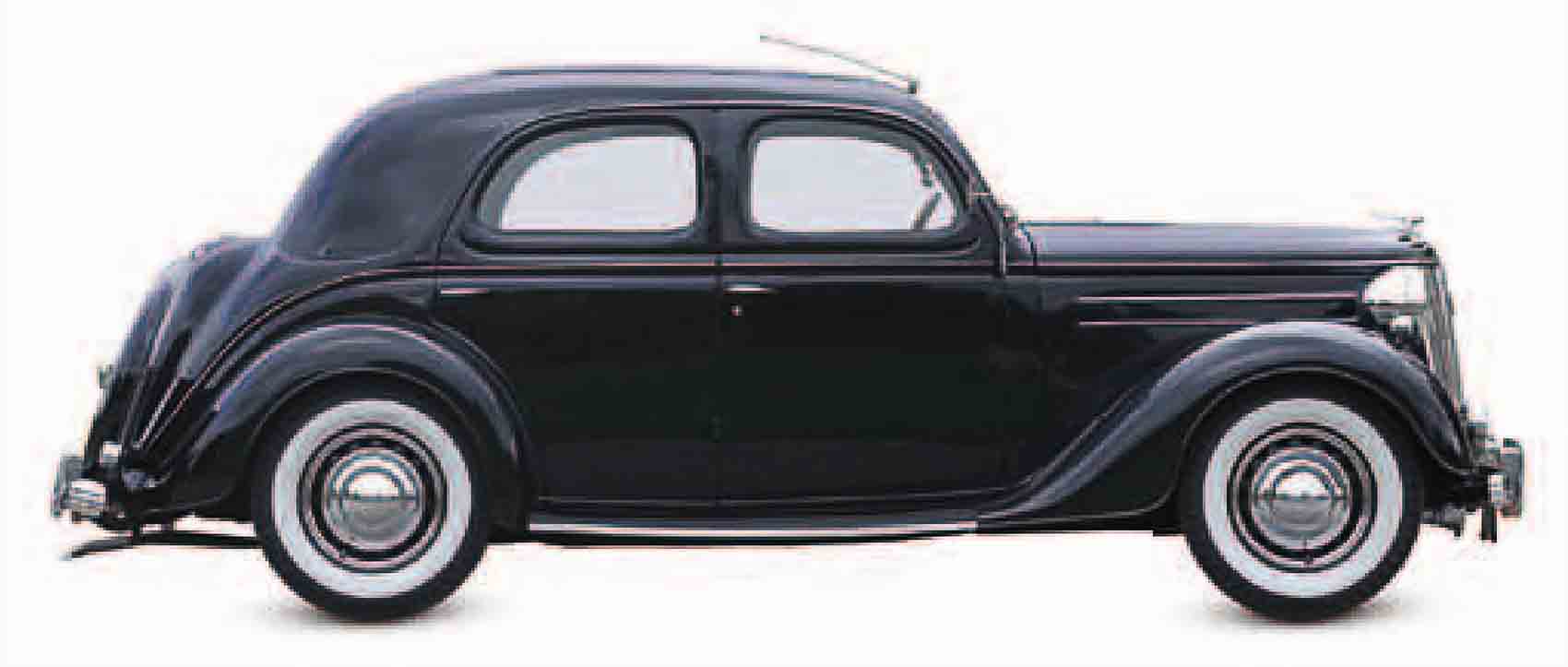
| Origin | UK |
| Engine | 3,622 cc, V8 |
| Top speed | 79 mph (127 km/h) |
An extremely tough car, the Pilot’s flathead V8 engine dated back to the 1930s. Its pulling power was legendary, but it was out of step with Britain’s post-war austerity.
Lagonda 2.6-liter, 1948
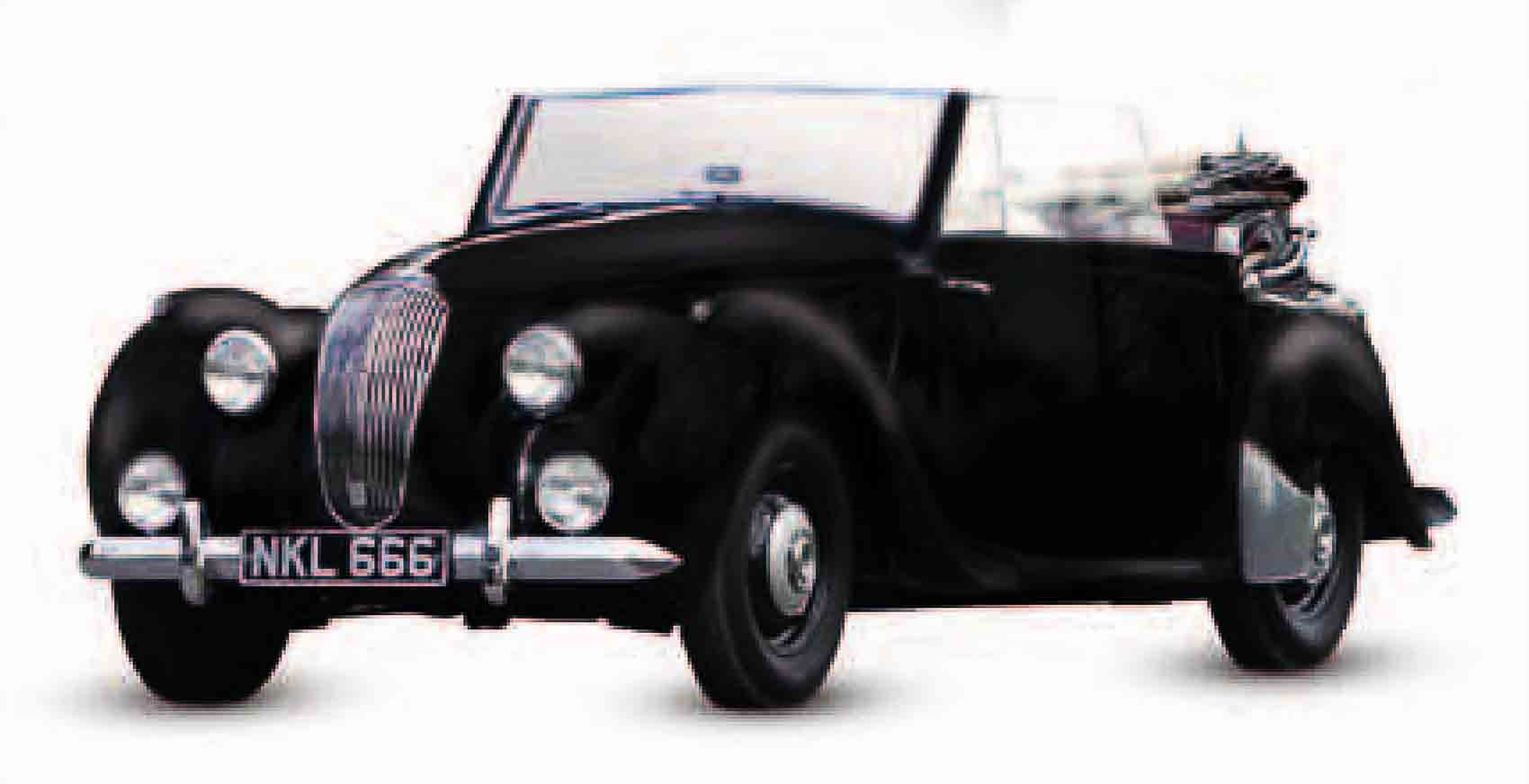
| Origin | UK |
| Engine | 2,580 cc, straight-six |
| Top speed | 90 mph (145 km/h) |
A luxury convertible and sedan designed by the great W.O. Bentley, the Lagonda had all-independent suspension and a double-camshaft 2.6-liter engine that subsequently powered Aston Martins.
Delahaye 235, 1951
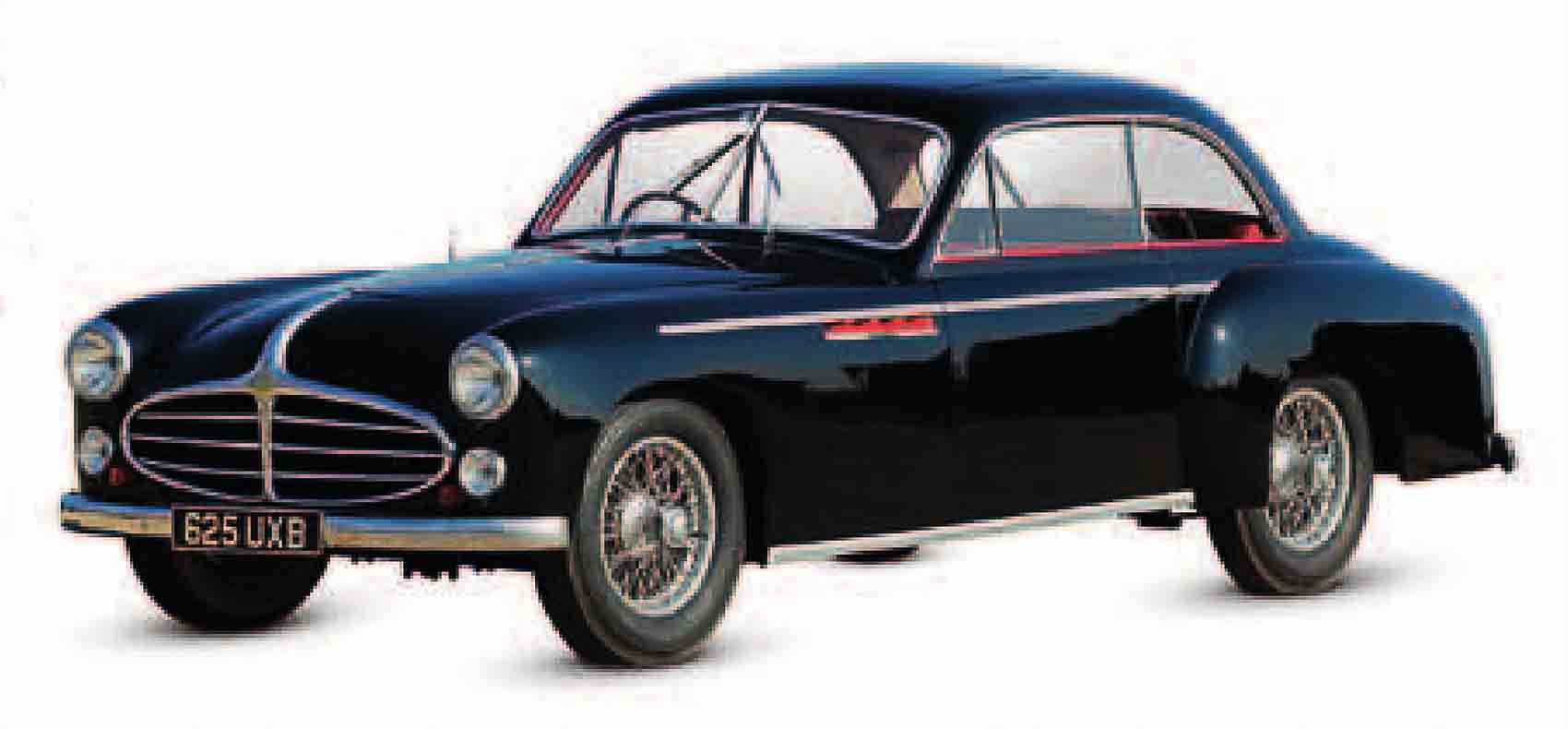
| Origin | France |
| Engine | 3,557 cc, straight-six |
| Top speed | 110 mph (177 km/h) |
An updated version of the pre-war 135, Delahaye built 85 of the 235 between 1951 and 1954. Coachbuilt bodywork proved too expensive, and was replaced by a factory body.
Austin A135 Princess, 1947
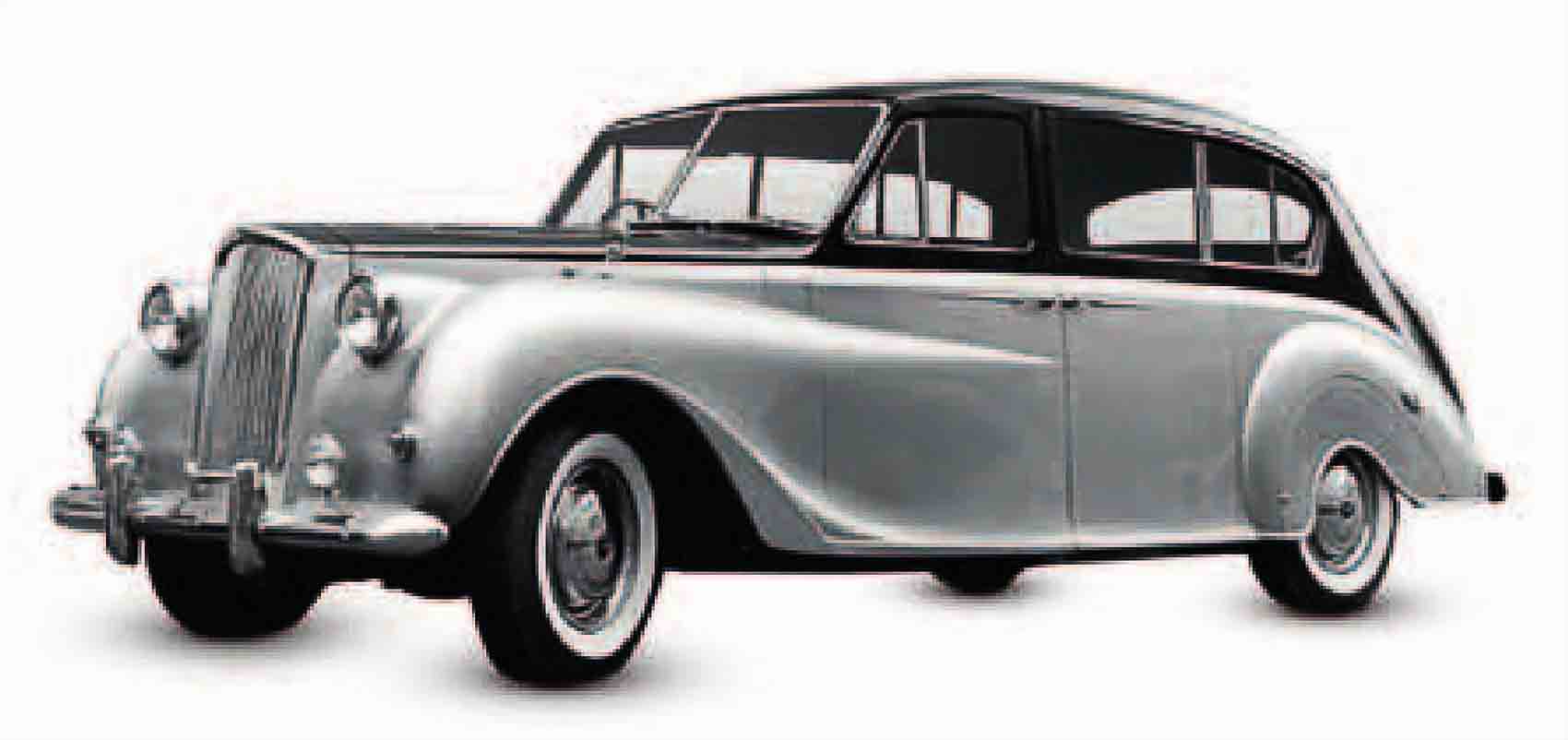
| Origin | UK |
| Engine | 3,995 cc, straight-six |
| Top speed | 88 mph (142 km/h) |
Triple carburetors and more modern-looking, aluminum bodywork from coachbuilder Vanden Plas helped improve performance. This is the later, long-wheelbase limousine.
Austin A125 Sheerline, 1947
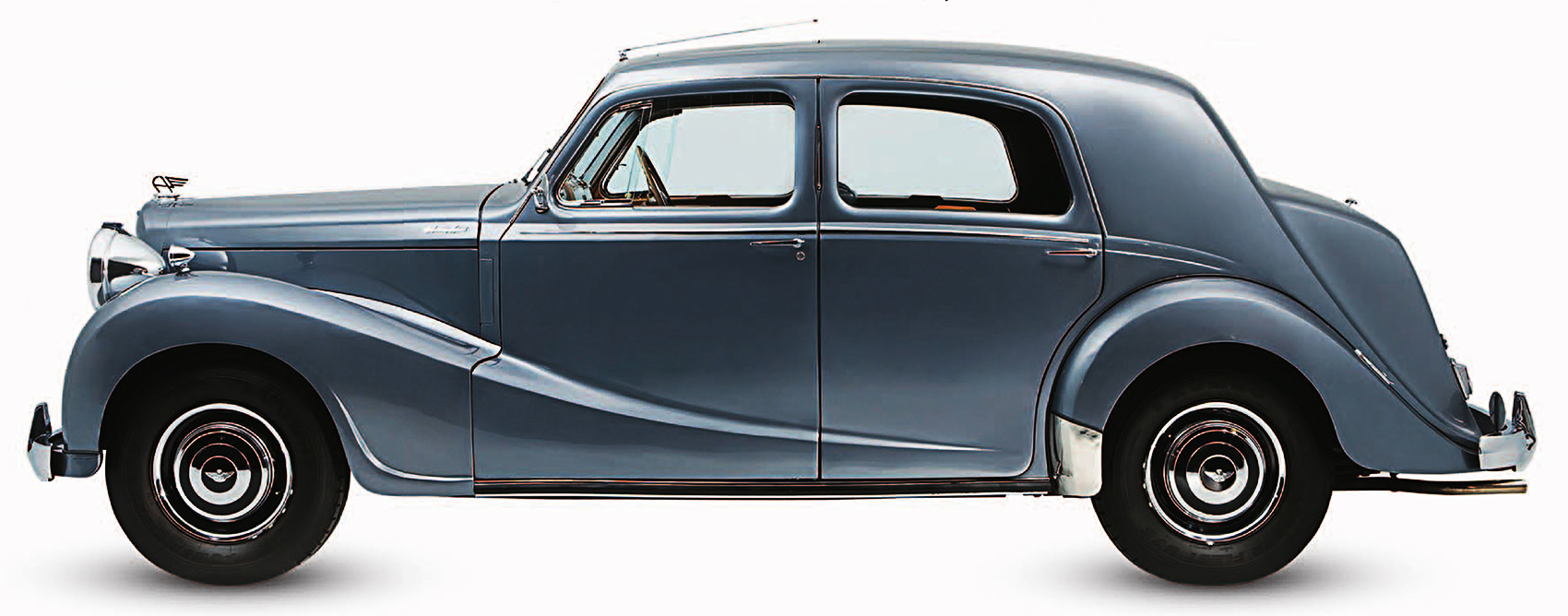
| Origin | UK |
| Engine | 3,995 cc, straight-six |
| Top speed | 81 mph (130 km/h) |
Razor-edged styling and huge headlights helped this large Austin resemble a contemporary Bentley, but performance from its truck-derived engine was limited.
It is a quote. The Definitive Visual History Of The Automobile 2011




